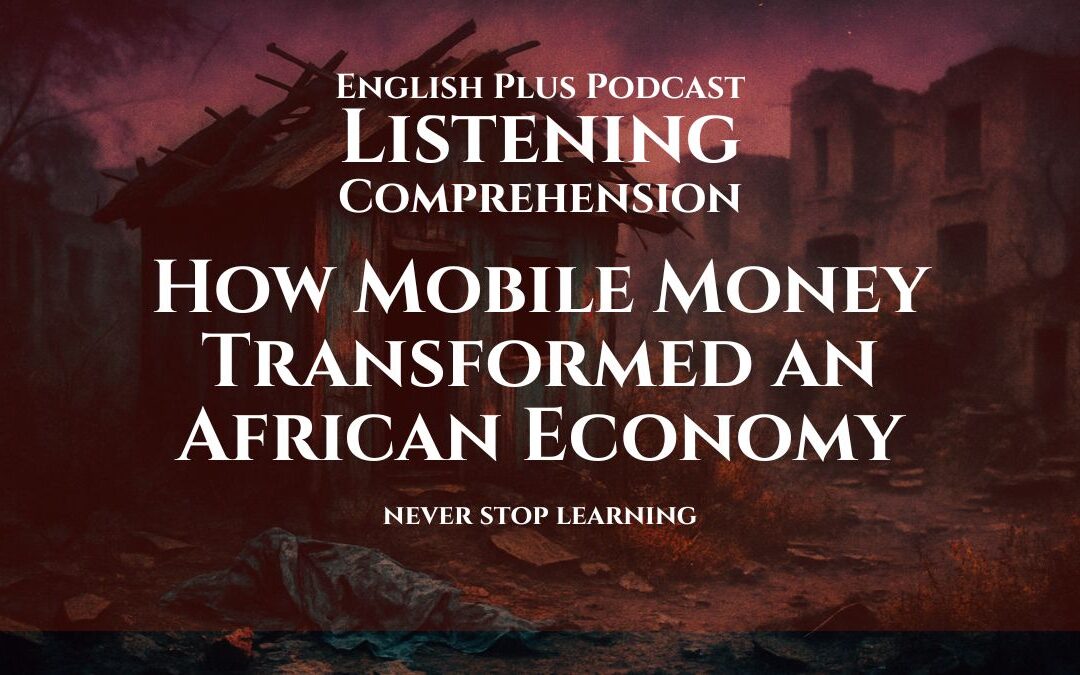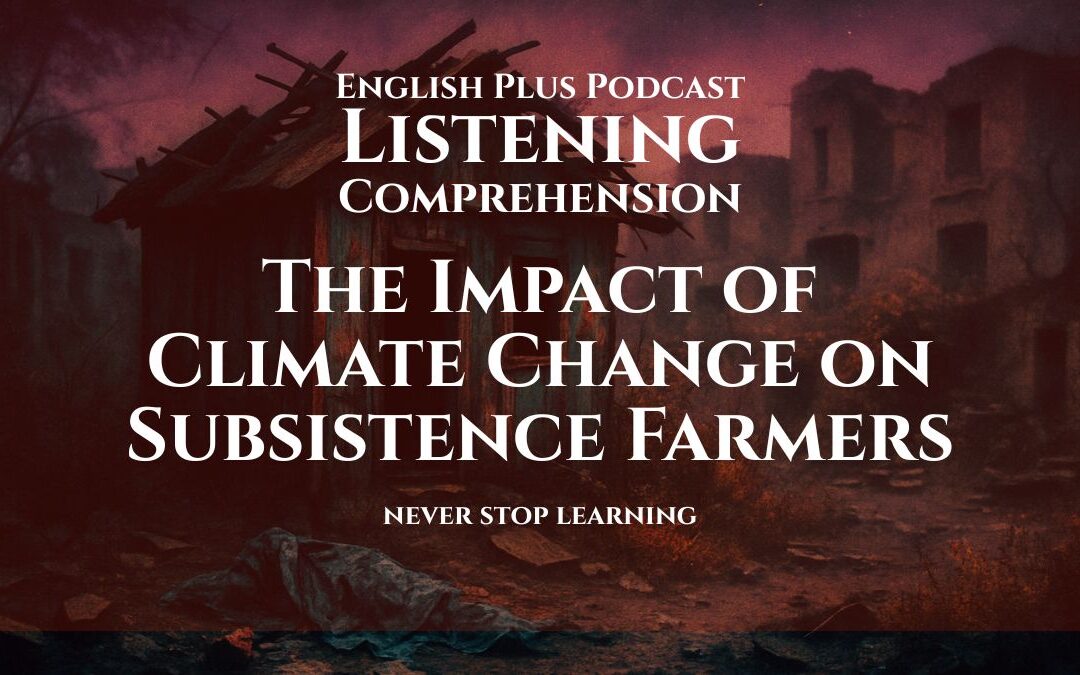Neuroplasticity: Changing Your Mind Literally
Julian walked the familiar path along the serene riverbanks of Charles River in Boston, a city of revolution and transformation, echoing with stories of change. However, today, the rhythmic sounds of the flowing water echoed not just the history of a city but the profound transformation of a man who had discovered the art of sculpting his mind. In a world where the physical landscape of Boston was a living canvas of architectural mastery, Julian’s inner world had become a dynamic canvas of neuroplasticity.
Not long ago, Julian was ensnared in the iron grip of anxieties and habits that painted his world with colors of confinement. A renowned architect, he could transform landscapes with the stroke of his pen but felt powerless to change the etched patterns of his own thoughts and behaviors.
One evening, amidst the sketches of buildings that stood as testaments to his external creations, a book, as silent and unassuming as the twilight, caught his eye – “The Brain That Changes Itself.” It wasn’t architecture or design but a bridge into the enigmatic world of neuroplasticity, the art and science of the brain’s ability to reorganize and transform itself by forming new neural connections throughout life.
As the city of Boston, with its historic bridges and architectural marvels, stood as a silent guardian of transformation, Julian embarked on a journey not of external landscapes but the intricate pathways of his mind. The idea that the brain, like the structures he designed, could be reshaped, redesigned, and reconstructed was an awakening, silent yet profound.
The city, with its echoing narrations of revolutions, bore witness to Julian’s intimate dance with neuroplasticity. His anxieties, once towering edifices casting shadows over his existence, were now landscapes awaiting transformation. Every thought, every behavior, every emotion became raw materials, as malleable as the clay that bore the magnificent structures adorning the city’s skyline.
Julian’s meetings with Dr. Aiden, a neuroscientist and a custodian of the silent yet eloquent narrations of neuroplasticity, were not medical consultations but rendezvous at the cusp of transformation. The brain’s architectural designs, once considered static and unchangeable, were now dynamic landscapes of infinite possibilities.
As seasons danced, echoing the eternal dance of change, Julian’s brain, his thoughts, his emotions, and behaviors were not prisoners of past patterns but artists of transformation. Every anxiety was not a confining structure but a sculpture awaiting the eloquent strokes of neuroplasticity. Every habit, not an unchangeable narrative but a story awaiting new scripts.
In the silent embrace of Boston’s historic landscapes, Julian’s journey was not solitary. Dr. Aiden wasn’t just a neuroscientist but a companion in a dance of transformation. The science of neuroplasticity wasn’t clinical but an art, as eloquent as the strokes that transformed blueprints into architectural marvels.
The brain scans, not clinical diagnostics, were landscapes of possibilities. Every neural pathway, not a static route, but a dynamic pathway echoing with the silent melodies of transformation. In the enigmatic dance of neuroplasticity, Julian was not a patient but an artist, and his brain not a static organ but a canvas echoing with the infinite possibilities of change.
In the depths of this transformative dance, Boston’s architectural marvels were not just external entities but silent echoes of the internal landscapes undergoing profound transformation. Every structure, every bridge, every historic edifice echoed the silent yet eloquent dance of neuroplasticity.
As the eternal dance of seasons unveiled the silent sonatas of change, Julian’s anxieties, habits, and fears were not confining structures but landscapes of transformation. The art of neuroplasticity wasn’t a medical intervention but a dance, silent yet profound, where every thought, every emotion, every behavior was a stroke of art, echoing the infinite possibilities of change.
In the historic city of Boston, where revolutions were not just historical narratives but living echoes, Julian’s brain, his thoughts, his emotions were not prisoners of the past but artists of the present, architects of the future. Neuroplasticity was not a clinical term but a living, breathing reality, where every anxiety was a landscape of transformation, every habit a sculpture of change, every emotion a silent sonata of infinite possibilities.
As the Charles River flowed, echoing the eternal dance of change, Julian’s life, once ensnared in the confining edifices of anxieties and habits, was now a landscape of freedom. Neuroplasticity wasn’t a term confined to the eloquent pages of neuroscience but a living narrative of a man, a city, echoing the silent yet profound dance of transformation.
The architectural marvels adorning the city’s skyline were not just testaments of external creations but silent witnesses to an internal revolution, where every thought was an architect, every emotion a stroke of art, every behavior a script of a narrative echoing with the infinite possibilities of transformation.
In the silent embrace of the night, as the stars adorned the skies, echoing the infinite dance of the cosmos, Julian, an architect of external landscapes, was now an artist of the internal cosmos, where neuroplasticity wasn’t a clinical intervention but a dance of freedom, echoing the silent yet profound art of changing the mind, literally.
Take Action
1. Mindfulness Meditation:
- Practice Regular Meditation: Spend time daily in meditation, focusing on your thoughts, sensations, and feelings.
- Observe Thoughts: Pay attention to arising thoughts without judgment, noting their patterns and tendencies.
2. Cognitive Restructuring:
- Identify Negative Thoughts: Recognize and jot down negative thought patterns.
- Reframe Thinking: Actively work on replacing negative thoughts with positive ones to reshape your thinking patterns.
3. Brain Training Games:
- Engage in Puzzles: Solve puzzles, crosswords, or engage in other brain training games to stimulate different areas of the brain.
- Technology Assistance: Use apps or online platforms dedicated to cognitive enhancement.
4. Physical Exercise:
- Regular Exercise: Engage in physical activities; it boosts brain health and encourages the formation of new neural connections.
- Diverse Activities: Introduce a variety of exercises to stimulate different brain areas.
5. Learning New Skills:
- Pick a New Hobby: Learn something new; it can be a musical instrument, a language, or any skill that requires mental effort.
- Consistent Practice: Practice regularly to reinforce learning and neural pathways.
6. Nutritional Intake:
- Healthy Diet: Adopt a balanced diet rich in antioxidants, vitamins, and minerals to support brain health.
- Stay Hydrated: Ensure adequate water intake to maintain optimal brain function.
7. Social Connections:
- Build Relationships: Foster social connections; engaging with others stimulates brain regions involved in emotional and social intelligence.
- Join Communities: Be part of groups or communities to engage in social learning and interactions.
8. Stress Management:
- Relaxation Techniques: Adopt relaxation methods like deep breathing, progressive muscle relaxation, or guided imagery.
- Seek Support: Consider seeking professional help if stress becomes unmanageable.
9. Quality Sleep:
- Sleep Hygiene: Ensure adequate and quality sleep; it’s essential for cognitive functions and brain health.
- Sleep Routine: Establish a regular sleep routine to enhance sleep quality and brain function.
10. Reading and Educational Content:
- Read Regularly: Engage in reading diverse materials to stimulate brain activity and learning.
- Educational Media: Watch or listen to educational content to promote learning and cognitive stimulation.
Implementing these strategies can be instrumental in embarking on a journey of leveraging neuroplasticity for personal transformation. Like Julian, anyone can become an artist sculpting their mental landscape, transforming established patterns, and unveiling a renewed narrative of empowerment and potential.











0 Comments